Virtual trade fair stand in 2D or 3D? - The comparison
Virtual trade fair stands are becoming increasingly important for companies. While the topic was initially viewed with skepticism and assumed to be a...
4 min read
 Dr. Christian Coppeneur-Guelz
:
Sunday, 4. September 2022
Dr. Christian Coppeneur-Guelz
:
Sunday, 4. September 2022
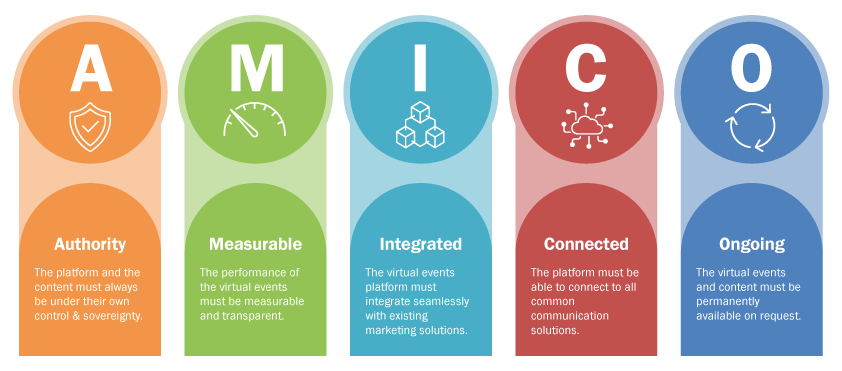
The virtual trade fair has been around for years as a digital alternative to the real trade fair - it only became established during the shutdown of the Covid-19 pandemic. From a strategic perspective, however, the question now arises as to whether this is a short-term phenomenon or a long-term development. This analysis is crucial for the question of whether a virtual trade fair requires a short-term or long-term strategy in the marketing mix.
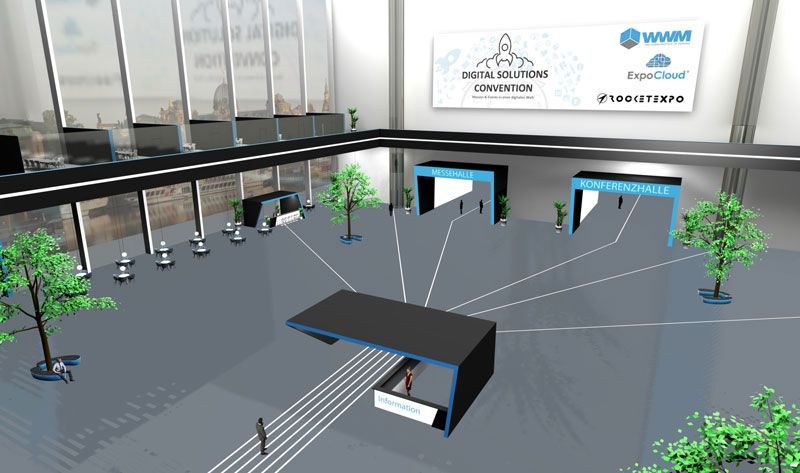
Looking at this question in the context of the past Covid-19 pandemic is not only scientifically incorrect, but also dangerous from a business perspective. The motivations for a virtual trade fair are too different and the feedback on the success of virtual trade fairs is just as varied.
If you want to make a well-founded decision here, you have to place the virtual trade fair in the context of global and long-term marketing developments. One of the most central changes in marketing is the trend towards inbound and content marketing. This trend is analogous to the change in user behavior: users want to find out about products and make an informed purchase decision themselves. The days of active sales are over. Marketing and sales are becoming advisors to the customer along the customer journey.
The contribution that virtual and real trade fairs can make to the customer journey is therefore crucial in determining the strategy. This also directly implies that it is not an “either-or decision” - rather, the strengths and weaknesses need to be weighed up against each other and the strategic use of the two supposed alternatives planned accordingly.
Looking at the customer journey in terms of digital and physical touchpoints provides a very good introduction to the issue.

The customer journey approach has become increasingly important in online marketing. The reason for this is not that offline marketing has not thought about the customer journey, but rather due to the simpler tracking of touchpoints in the digital world.
How can I measure touchpoints in the real world?
The visualization of the touch points makes it clear that there are generally fewer physical than digital touch points. The ongoing trend towards digitalization is further accelerating this. A look at city centers illustrates this development in the area of store touchpoints (retail). However, this increasing imbalance can also be a possible reason for the positive development of the live communication sector (trade fairs & events) in recent years.
If real trade fairs are now being “replaced” by virtual trade fairs, further physical touchpoints (below-the-line) will disappear. This means that virtual trade fairs are just another digital touchpoint and cannot replace the physical touchpoint “real trade fair” that has disappeared.
The previous section has shown that both the short-term and long-term replacement of real trade fairs with a virtual event solution cannot replace physical touchpoints. If a “virtual trade fair” is to be used sensibly, then it must inevitably be a sensible addition to “real trade fairs” and cannot be considered separately.
The advantages and disadvantages of the respective formats must always be considered in the context of the customer journey (see section 1).

The following ideas serve this purpose:
The following therefore applies to the use of a virtual trade fair:
The last section has shown that the virtual trade fair makes a meaningful contribution to the customer journey as a supplement to the real trade fair, as it provides content in the long term (content marketing).
At the same time, however, the strategy of the virtual trade fair must meet the requirements of the AMICO model:

In order to be able to implement the requirements of the AMICO model, the following requirements must be placed on a virtual event platform.
A corresponding architecture can therefore only be achieved through the seamless integration of plug-ins into existing content marketing architectures.
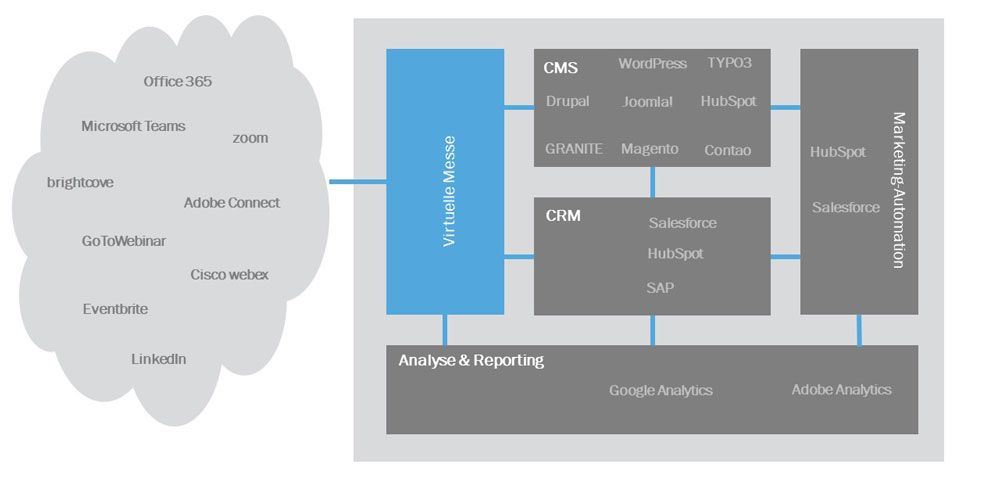
In order to properly implement the requirements of the AMICO model, virtual trade fairs should therefore not be integrated into the existing content marketing strategy as an ad hoc stand-alone solution, but rather in the long term.
The leading solution for this strategy is the VirtualShow plugin from Expocloud. The plugin is compatible with common CMS systems such as Drupal, Typo3, HubSpot, Magento and many more. The plug-in allows both 2D and 3D rooms to be seamlessly integrated into existing online presences and all elements of the rooms can be easily linked to existing content in the content strategy.
This approach has the following key advantages:
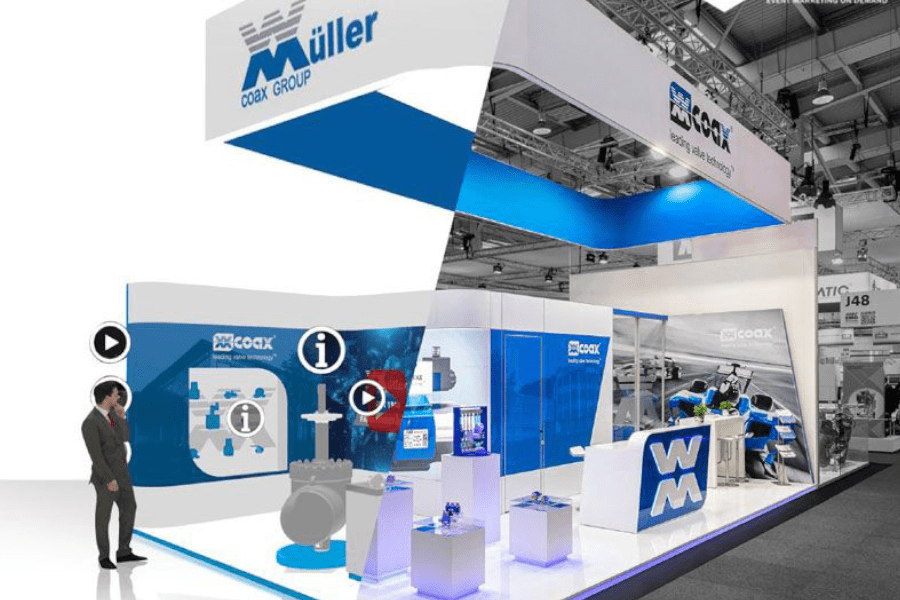
Virtual trade fair stands are becoming increasingly important for companies. While the topic was initially viewed with skepticism and assumed to be a...
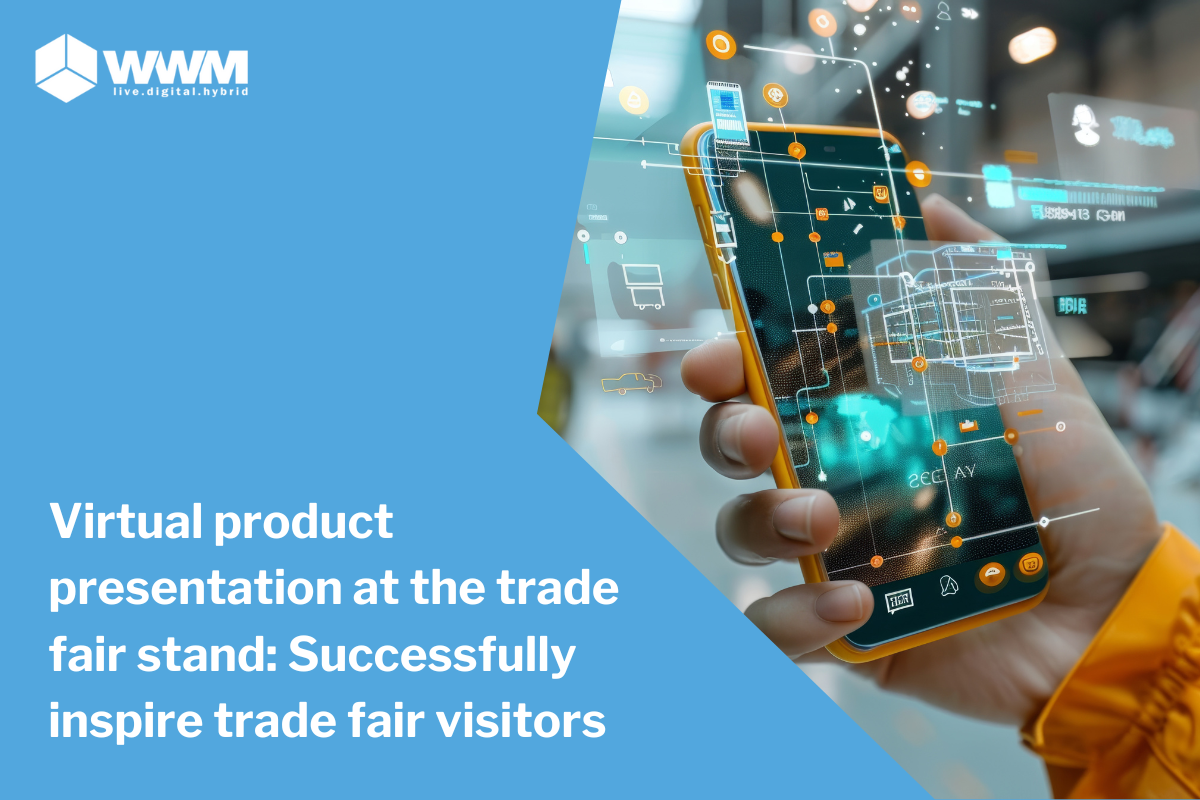
Presenting a product at a trade fair is often a challenge, especially if the product is difficult to transport. In such cases, companies often rely...

Who doesn't know those eternally long landing pages? Where you first have to read through everything until you get to the main point. You have to...